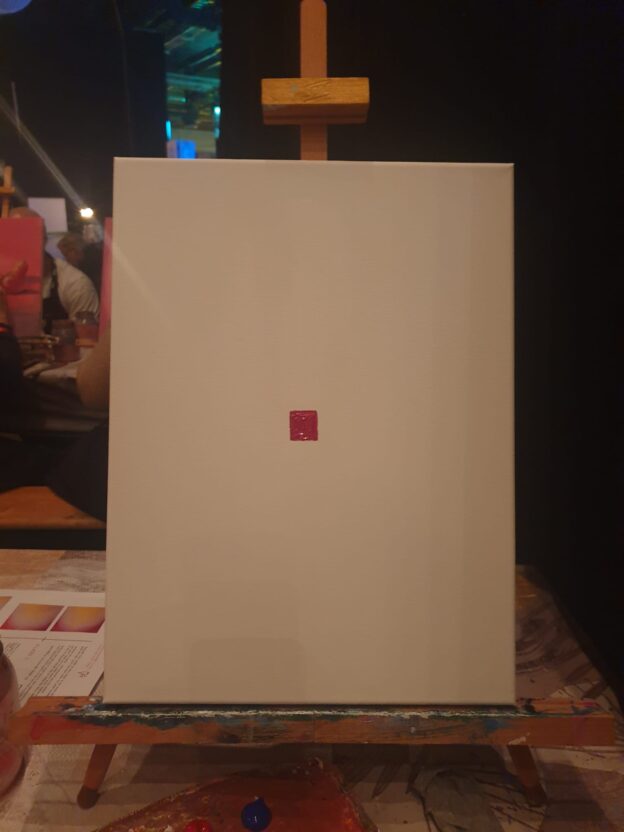Suprematism, a radical art movement born in early 20th-century Russia, marked a significant departure from traditional artistic expressions. Founded by Kazimir Malevich in 1915, Suprematism embraced geometric abstraction as a way to transcend the material world and express pure feeling. This article explores the historical roots of Suprematism in Russian iconography and its evolution into post-iconographic art.
The Roots of Suprematism in Russian Iconography
Russian iconography, deeply rooted in Orthodox Christianity, was a dominant artistic tradition for centuries. Icons were not merely paintings; they were sacred objects intended to bridge the divine and the earthly. The use of bold colours, flat planes, and symbolic forms in iconography aimed to evoke a spiritual experience rather than represent reality.
This emphasis on transcendence and abstraction set the stage for the revolutionary shift that Suprematism would later represent. While Malevich rejected the religious underpinnings of iconography, he retained its aspiration toward a higher, non-material realm. In his seminal work, Black Square (1915), Malevich positioned his geometric abstraction as the new “icon” of modern art, a declaration of independence from traditional representational art.
Suprematism: Pure Feeling and the Spiritual in Art
Suprematism emerged during a period of political and social upheaval in Russia. Malevich’s manifesto for the movement called for art to abandon all ties to the natural world and focus solely on the “supremacy of pure artistic feeling.” Suprematist compositions often featured simple shapes like squares, circles, and lines arranged dynamically on white backgrounds. These compositions were devoid of narrative or figuration, echoing the non-material focus of iconography.
Despite its radical departure from religious art, Suprematism shared an ideological kinship with Russian icons in its quest to convey transcendence. Malevich believed that through abstraction, art could achieve a universal language, unbound by culture or religion, resonating with the spiritual essence of humanity.
The Transition to Post-Iconographic Art
After the Bolshevik Revolution of 1917, the ideological climate in Russia changed dramatically. Artists were increasingly pressured to align their work with the utilitarian goals of the new Soviet state. Suprematism, with its non-representational focus, was gradually sidelined in favour of Socialist Realism.
However, the seeds sown by Suprematism influenced a broader artistic discourse, particularly in the realm of post-iconographic art. Post-iconographic art refers to works that, while abstract, engage with the cultural and spiritual legacy of iconography. This can be seen in the work of Russian Constructivists like El Lissitzky, who integrated geometric abstraction into functional design, as well as in later movements such as Abstract Expressionism, which sought to convey emotion and spirituality through non-representational means.
Suprematism’s Legacy in Contemporary Art
The influence of Suprematism extends far beyond its brief period of prominence. Contemporary artists often draw on its principles to explore themes of spirituality, identity, and cultural heritage. In Russia, modern interpretations of abstraction frequently reference the tension between tradition and modernity, echoing Suprematism’s dialogue with iconography.
Malevich’s Black Square remains a powerful symbol of artistic revolution and spiritual exploration. Its ambiguous yet profound presence invites reflection on the nature of art, faith, and the human condition, a testament to Suprematism’s enduring connection to its iconographic roots.
Conclusion
Suprematism, as a movement, represents a pivotal moment in the history of art. Its relationship with Russian iconography underscores the deep cultural and spiritual currents that shaped its development, while its legacy in post-iconographic art highlights its universal appeal. By breaking away from tradition, Suprematism paradoxically reaffirmed the timeless quest of art: to transcend the mundane and touch the sublime.
As a bookend, the front image is a photo I painted while at the Slush 2024 after-party. It’s called “Butterfly (abandoned in Helsinki).” Enjoy, lol.
